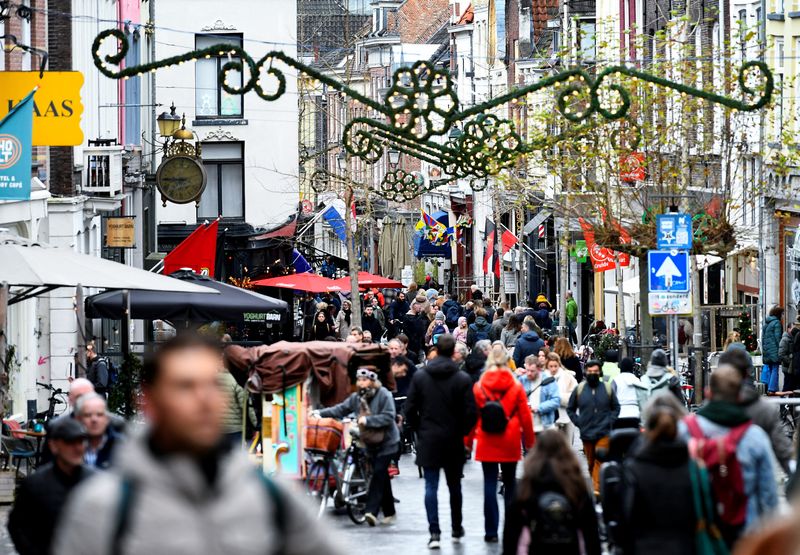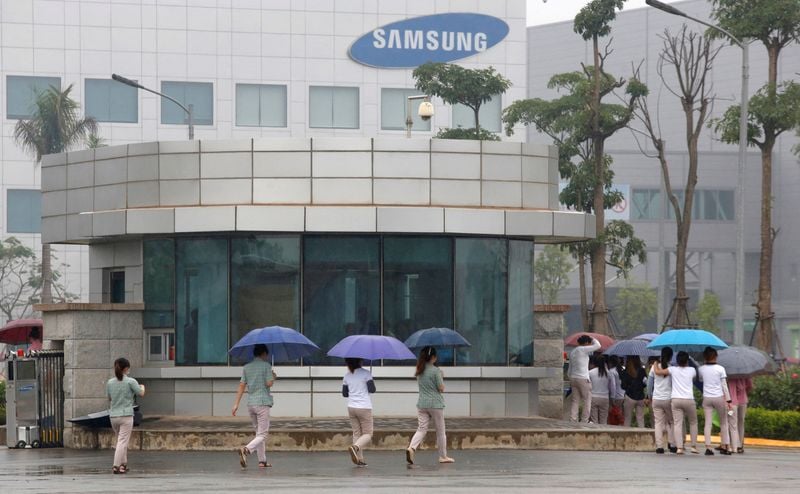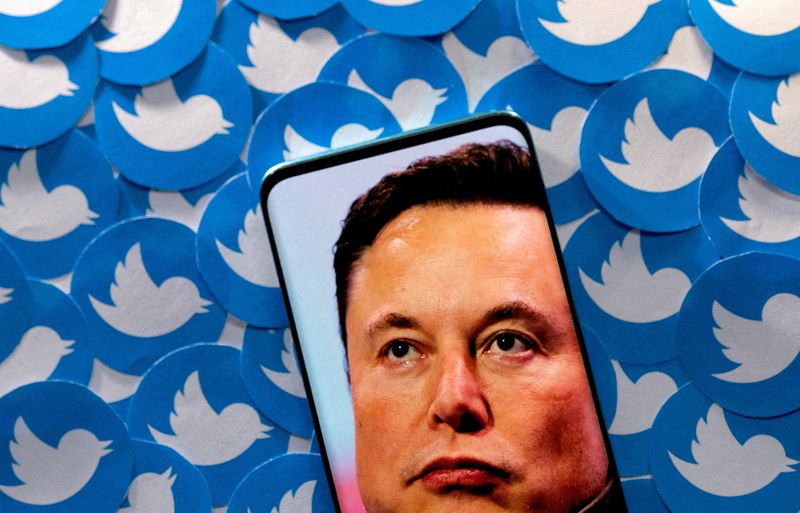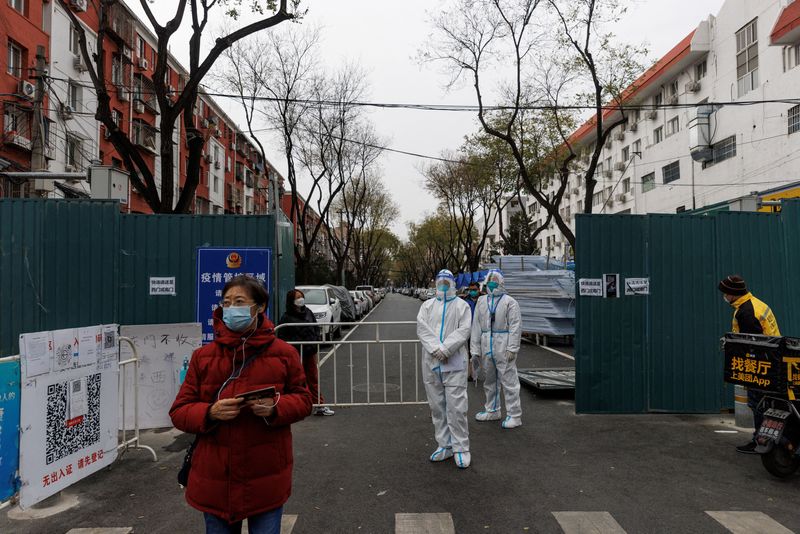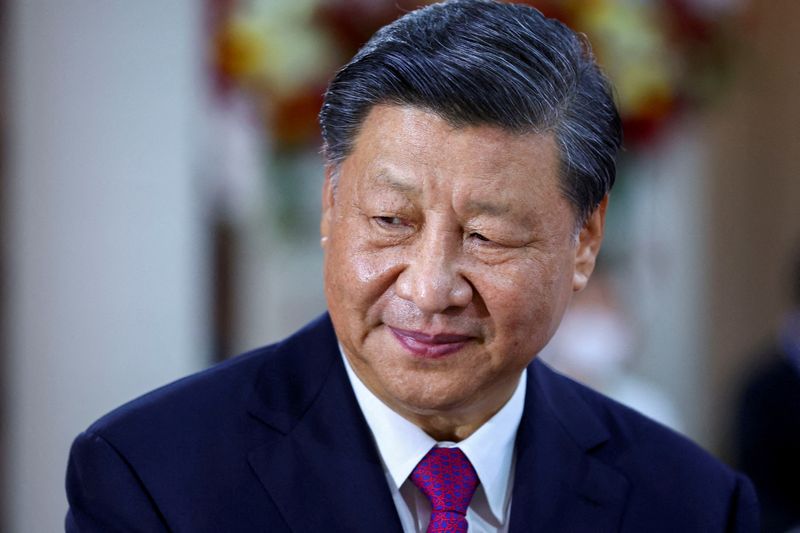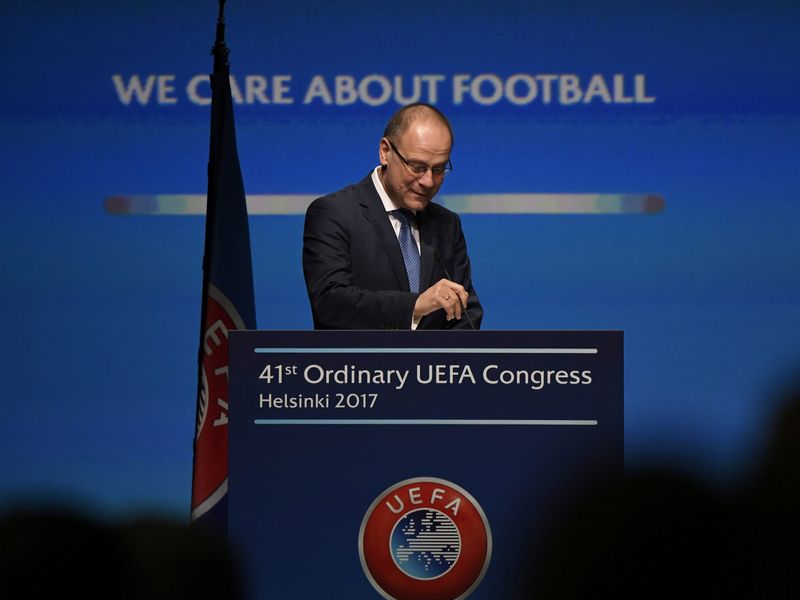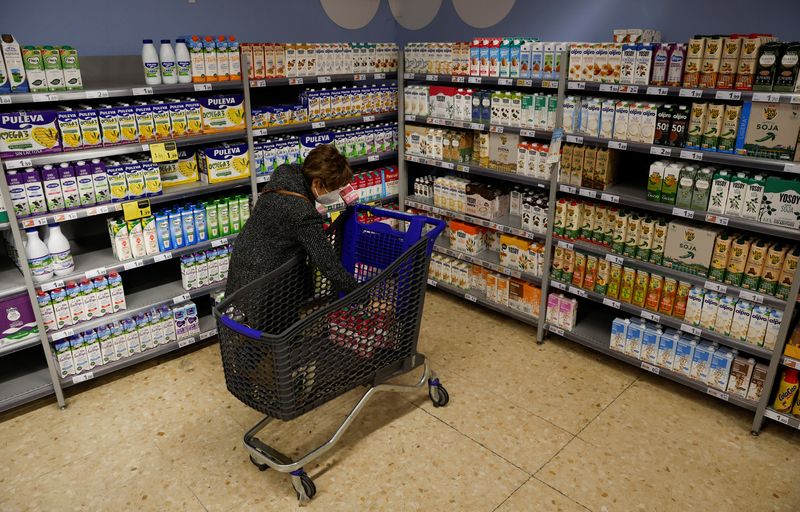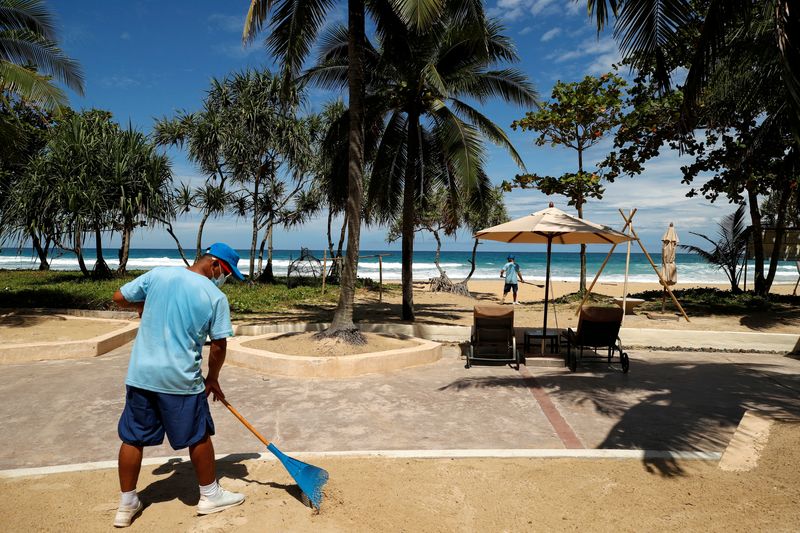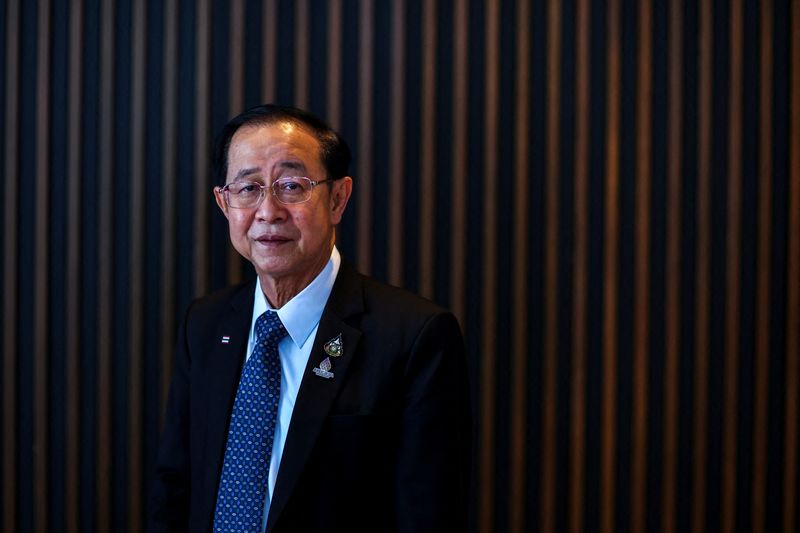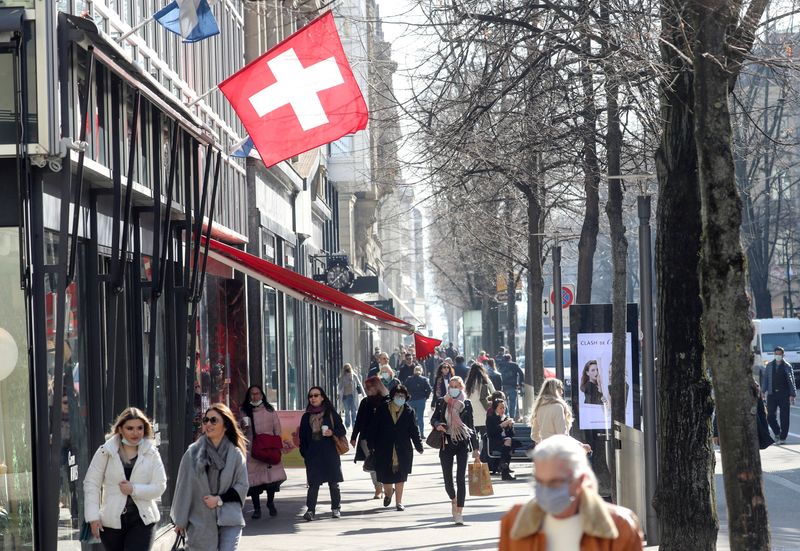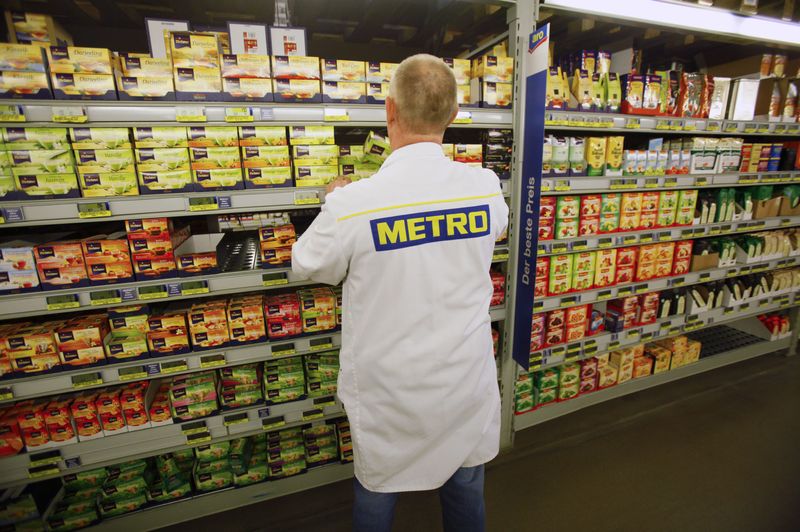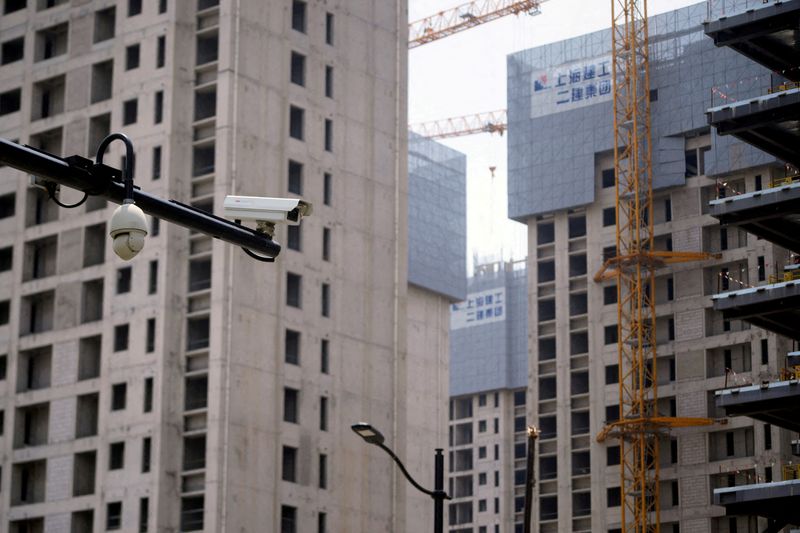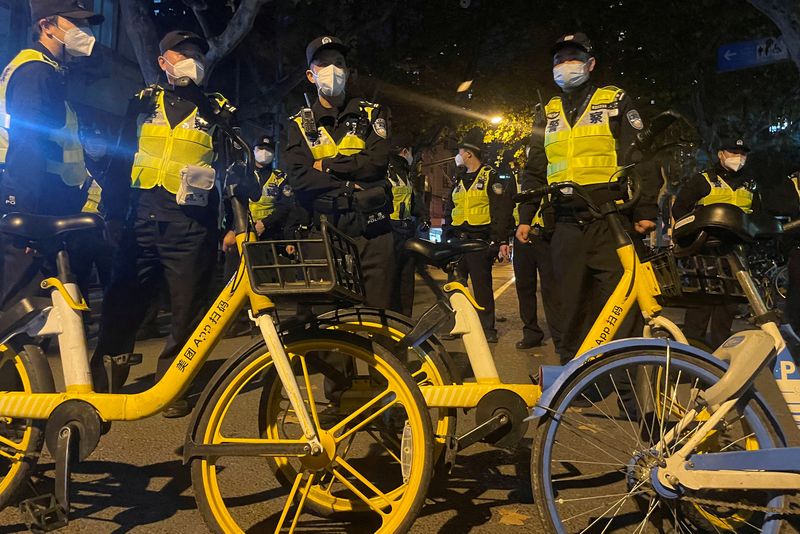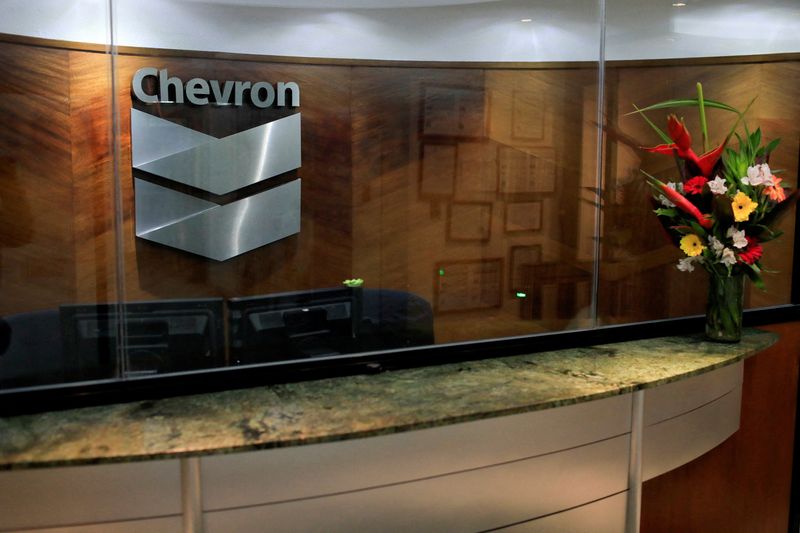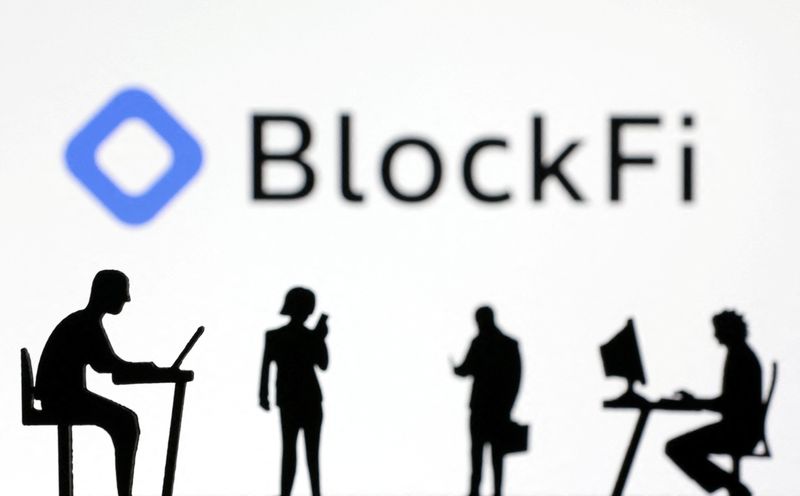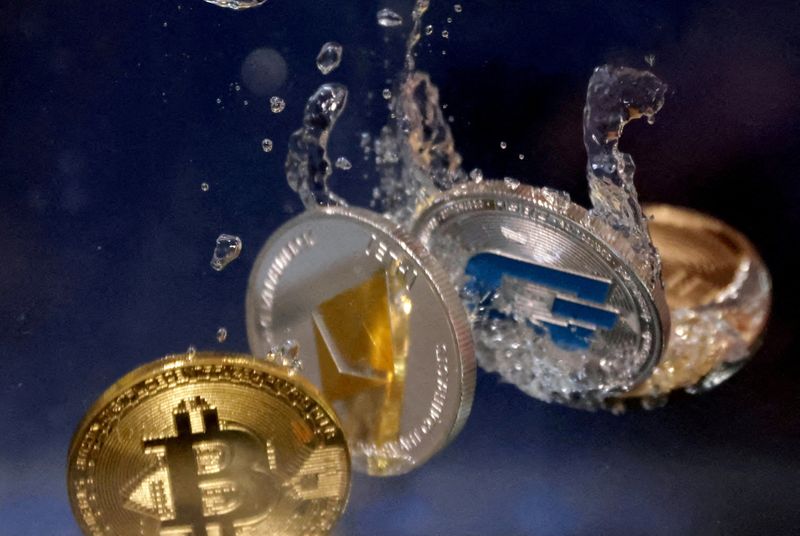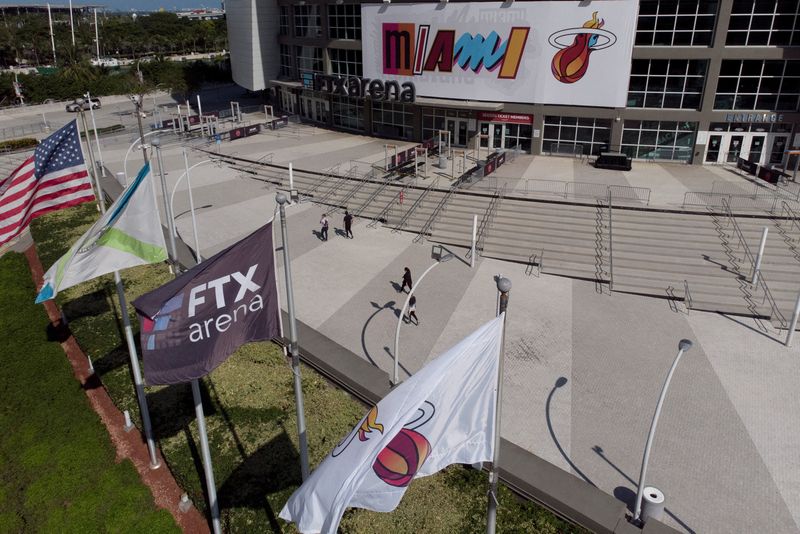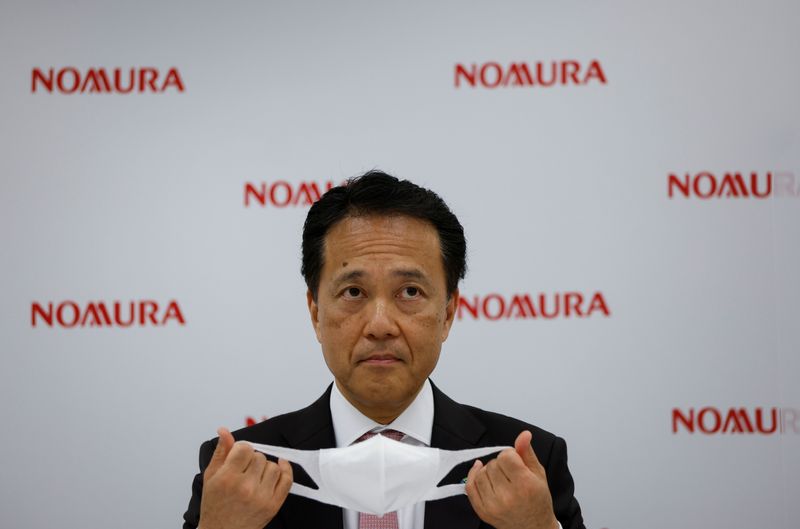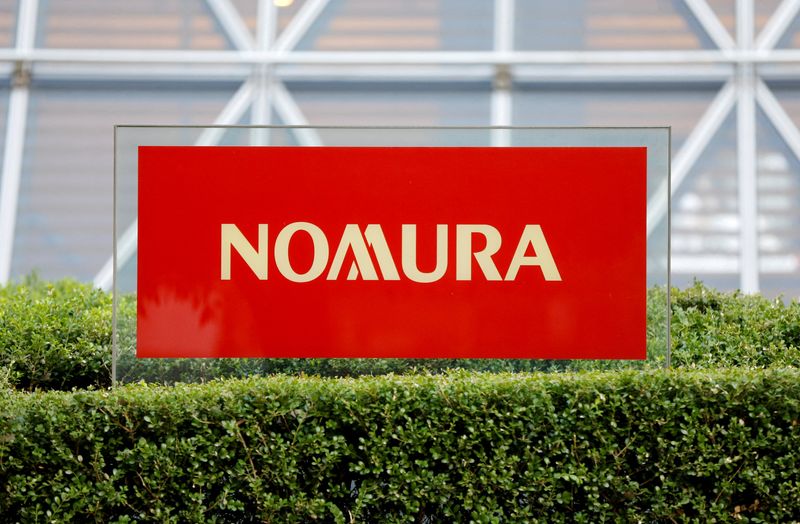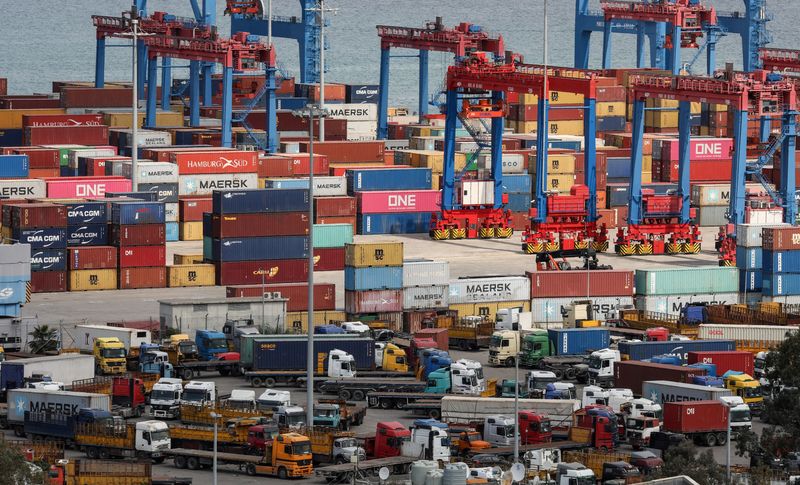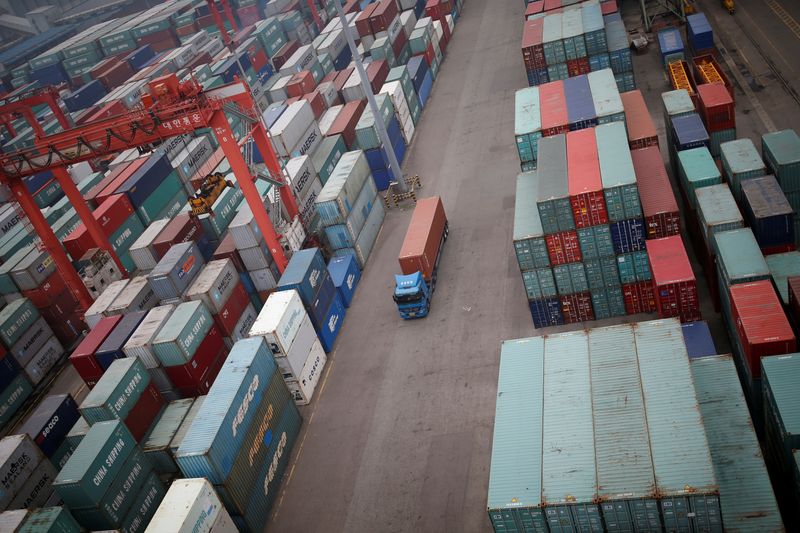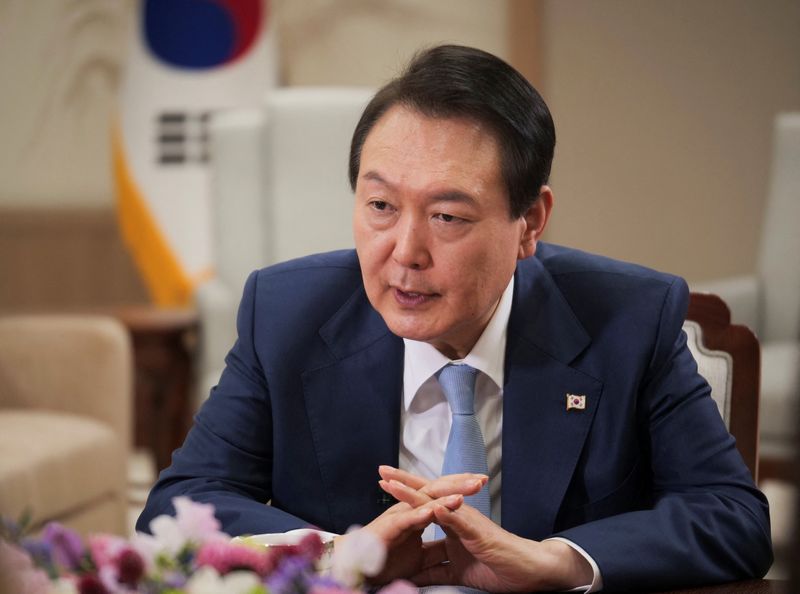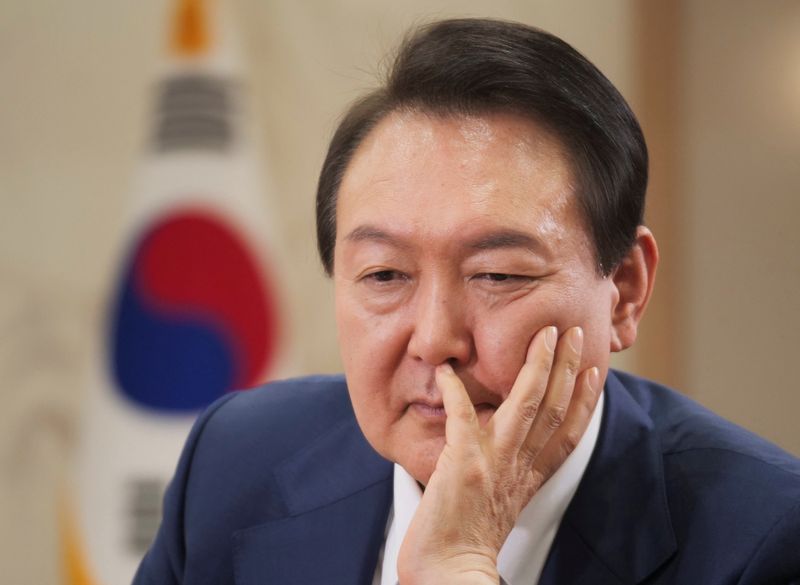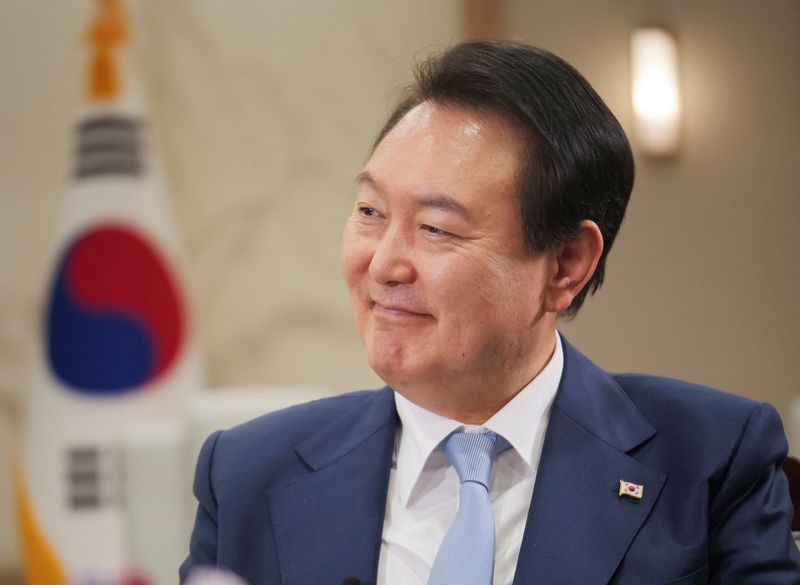AMSTERDAM (Reuters) – Statistics Netherlands (CBS), the Dutch government’s statistics office, is looking at a problem with its energy price measurements, which it said has caused the country – and possibly other European countries – to overstate inflation.
Dutch inflation ran at 16.8% in October from a year earlier, well above the eurozone average of 10.6%.
The problem is the agency uses only newly-signed contracts to determine gas and electricity costs in the basket of goods and services purchased by a typical Dutch household. But many households have older contracts that were struck at a lower price.
“This means the price information obtained through the current observation method is actually ahead of the average price development of energy for households in the Netherlands,” the agency said in a statement, announcing plans to introduce a system in mid-2023.
The impact may be significant, the agency said, as energy costs account for about half of this year’s rise in prices.
It has recently begun collecting information from utility companies about all existing contracts, rather than only the new ones.
With information from about 75% of households, it believes that inflation in August may actually have been only 7.5-9.6%, compared to the 12% it reported.
(Reporting by Toby Sterling; Editing by Arun Koyyur)
